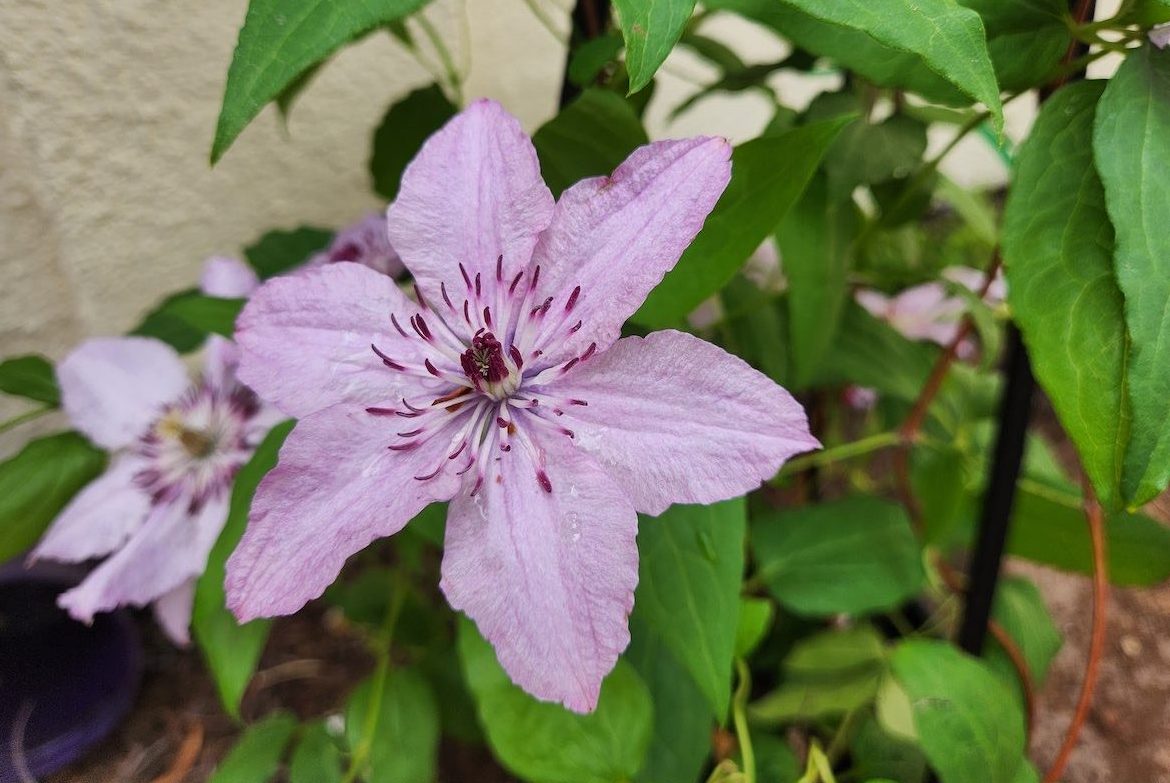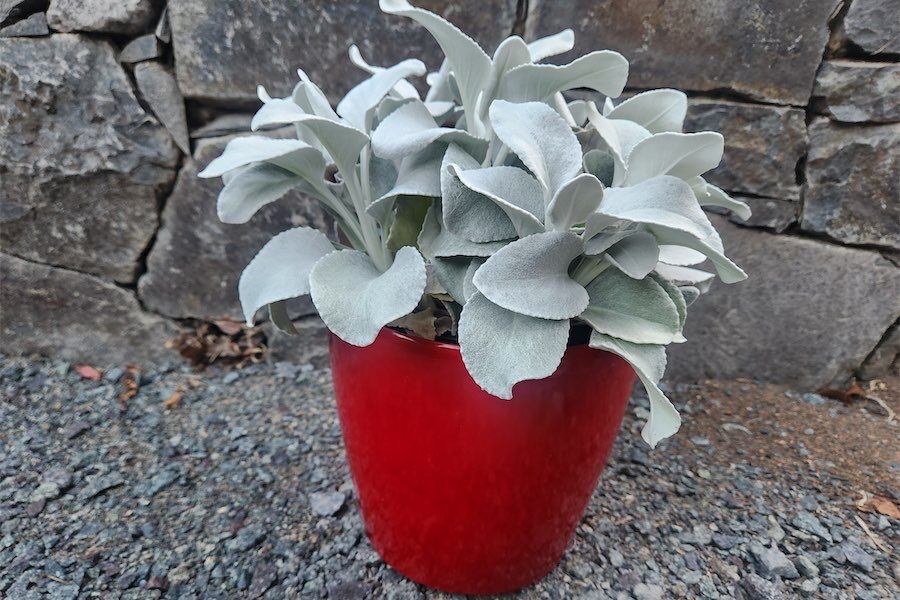
With more than 200 varieties to choose from, clematis vines are great for growing in our climate, says gardening columnist JACKIE WARBURTON.
CLEMATIS is a gentle climber spreading tendrils over an arbour or twining through climbing roses without choking what it’s climbing over.

While most are deciduous, they like their leaves in full sun and their roots in cool shade where they won’t dry out.
There are different groups of clematis, according to their flowering times – spring bloomers (group 1), repeat bloomers (2) and summer bloomers (3).
They all have different pruning techniques and getting this wrong can result in a loss of flowers for the next season.
Group 1 likes to have at least three to five strong stems coming from the ground. In the first year they can be cut hard to around 30 centimetres above ground level in spring to get established.
My favourite is “Montana” in this group, with flowers ranging from pinks to whites that are fragrant and prolific in spring. During summer, tie stems to a frame and prune after flowering.
Group 2 flowers on short shoots from old wood and a light prune is all that’s needed to retain the framework of old wood and stimulate new growth.
With larger flowers, this group is terrific for growing among existing evergreen climbers such as a star jasmine or roses to complement their flowers and add more colour to the space.
Group 3 flowers in late summer and is considered a herbaceous perennial. It should be chopped hard every year in late winter when there is bud growth and the big frosts have gone. They only flower on new and current seasons’ growth so the harder you prune, the more flowers you will have.
A good variety to look for in that group is the Viticella range.
Regular pruning of all the groups of clematis will encourage new growth and flowers, but importantly keeps them from growing into an overgrown mess.
If planting one for this spring, place a little bit of dolomite lime in the soil over winter to have a pH of about 6.5 and place good sturdy support before planting.
A native clematis species that’s easy to grow locally is Clematis aristata. Its linear leaves are striking and contrast with the sweet, creamy white, star flowers followed by feathery seed heads in spring and summer.
It’s a fast-growing evergreen and a light prune after flowering will keep it in check because it suckers and will spread.
To cover a large area or fence, I’d recommend Clematis armandii as a long-lived plant. This species can cover an entire shed if you let it. Its cream flowers are spectacular when in bloom in spring.
This variety needs a very strong frame as it can get heavy where its counterparts have a more delicate growth habit.
With a little planning there can be clematis flowering in the garden right through spring to summer.
JONQUILS are flowing in the garden and other winter/spring bulbs are on their way.
Jonquil is a species of daffodil that has either white or yellow flowers, and many hybrid colours.
Jonquils are highly fragrant and just a single flower stem in a vase can fill a room with a sweet scent. If not picked, they can make for long-lived colour in the garden, untroubled by frosts and flowering until mid-spring or when the weather starts to warm up.
Clumps of bulbs that are not flowering as well as they have in the past suggest they are crowding each other. Lifting clumps every few years and dividing them will benefit their flowering.
Jottings
- Sow seeds of peas and broad beans.
- Prepare soil for new rose plantings next month.
- Plant asparagus into a permanent garden bed.
Who can be trusted?
In a world of spin and confusion, there’s never been a more important time to support independent journalism in Canberra.
If you trust our work online and want to enforce the power of independent voices, I invite you to make a small contribution.
Every dollar of support is invested back into our journalism to help keep citynews.com.au strong and free.
Thank you,
Ian Meikle, editor





Leave a Reply